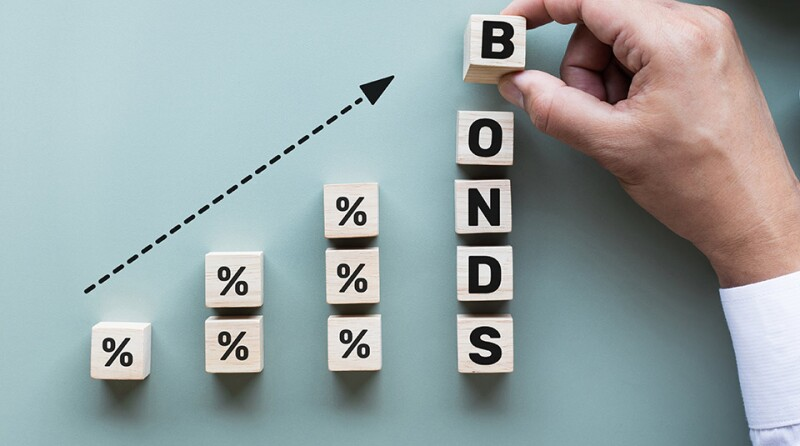Investing is essential for building wealth, and two common options are stocks and bonds. Both can be part of a diversified portfolio, but they differ in structure, risk, and returns. Here’s a simple guide to help you understand these differences.
What Are Stocks?

When you buy stocks, you own a piece of a company. Each share represents a small part of the company. As a shareholder, you have a claim on part of the company's assets and earnings. You might also get a say in how the company is run through voting rights.
Potential For High Returns

Stocks can grow in value over time. If the company does well, the value of your shares can increase, giving you capital gains. Many companies also share profits with shareholders through payments called dividends. These dividends can add to your overall returns.
Higher Risk

Stocks are considered higher risk compared to bonds. Their value can change a lot based on the company's performance, market conditions, and the economy. If the company performs poorly or goes bankrupt, you could lose your investment. The potential for high returns comes with the possibility of significant losses.
Voting Rights

As a shareholder, you often have voting rights in the company. This means you can vote on important issues like electing the board of directors or approving major decisions. Your influence depends on how many shares you own, giving you a voice in the company’s direction.
What are Bonds?

Loans To An Entity

When you buy bonds, you are lending money to an entity, such as a corporation, government, or municipality. In return, the issuer pays you interest regularly and returns the principal amount at the end of the bond's term. This makes bonds a form of debt investment, where the investor acts as the lender.
Steady Income

Bonds provide a predictable income stream through regular interest payments, also known as coupon payments. This makes them attractive for those seeking regular income, like retirees. Interest payments are usually made twice a year, ensuring a steady cash flow.
Lower Risk

Bonds are generally lower risk than stocks. They are less volatile and provide more stable returns. Government bonds, especially those from stable governments, are seen as very safe. Corporate bonds have more risk but offer higher interest rates to compensate for that risk.
Fixed Returns

The returns on bonds are typically fixed. The interest rate is set when the bond is issued and doesn’t change. This provides a predictable return, unlike stocks, whose returns can vary significantly. Investors know exactly how much they will get in interest and when they will get their principal back, making financial planning easier.
Key Differences

Ownership vs. Loan

Stocks mean you own part of a company, while bonds mean you’ve loaned money to an entity. Stockholders are owners with a chance for profit and involvement in company decisions. Bondholders are creditors expecting repayment with interest, which affects their rights and expectations.
Risk and Return

Stocks offer higher potential returns but come with higher risk and volatility. Bonds provide stable and predictable returns but usually with lower growth potential. Investors need to balance potential returns with risk when choosing between stocks and bonds, based on their financial goals and risk tolerance.
Income Generation

Bonds are better for steady income through regular interest payments. Stocks can provide income through dividends, but this is less predictable and depends on company performance. The regular interest from bonds makes them a reliable income source for those needing consistent cash flow.
Investment Horizon

Stocks are better for long-term growth and are usually held for a longer period to ride out market fluctuations. Bonds can be used for both short-term and long-term investments, depending on their maturity dates and income needs. The choice between stocks and bonds depends on the investor's goals and time horizon, ensuring they align with their financial plans.


